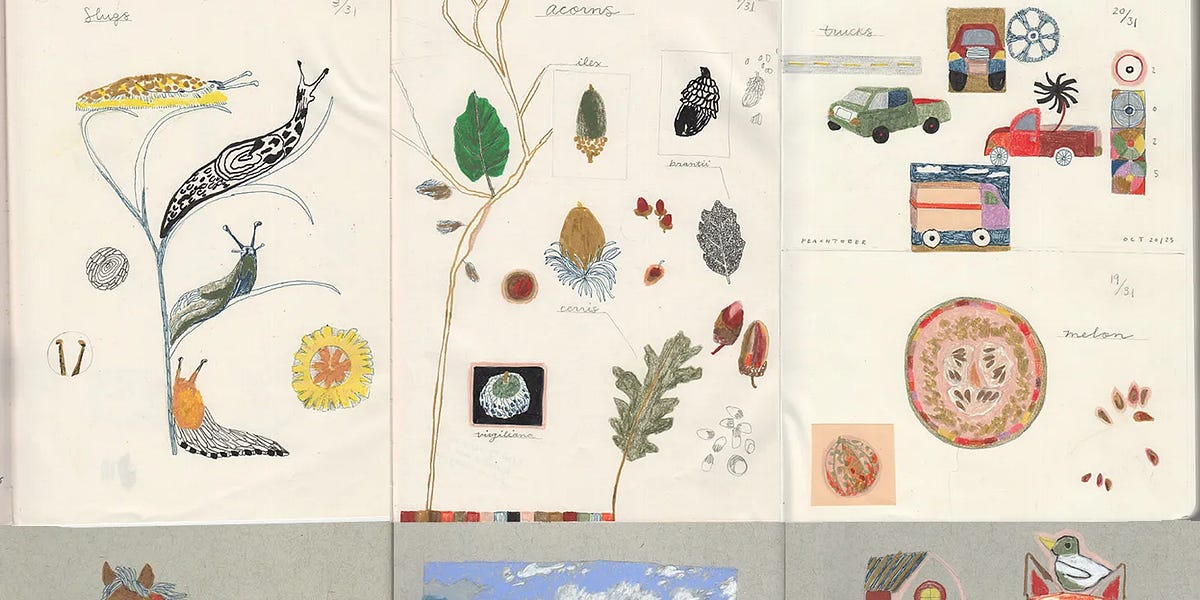Claude Monet’s paintings of water lilies are well known. An especially famous example occupies a whole room in the Museum of Modern Art in Manhattan, but there are hundreds in the series, depicting the painter’s garden at Giverny.
This poem, by Robert Hayden, was written more than half a century ago, but it couldn’t be more timely.
The place names it gleans from the news are now historical references — to the civil rights movement and the Vietnam War — but nothing would be easier than substituting current signifiers of injustice, cruelty and conflict. Take your pick!
Nowadays we doomscroll. Back then, in the era of Bloody Sunday and the Tet Offensive, the toxins spread through different means: newspapers, radio, network television. The effect — of unavoidable, ambient dread — seems to have been the same.
And so, surely, was the desire for relief, though the first stanza is careful not to say this outright. The visit to the museum isn’t proposed as an escape, but the way Hayden invokes Monet’s painting shifts the mood and focus decisively away from the world’s problems.
The language slows down in the last line and cues a state of calm, awe and ardor.
We are breathing different air, in a different rhythm.
And then, stepping into the second stanza (a word that means room), we are in the presence of those flowers — even though we don’t exactly see them.
Hayden isn’t trying to duplicate Monet’s brushstrokes or to describe their sublime results, but rather to communicate — and at the same time, to analyze — the experience of looking.
He does this with a cascade of language that is both dizzying and lucid, abstract and inflamed.
We leap past the picture’s surface to its essence and back again. Forget about biography, art history, color theory, Impressionist technique. Monet and Hayden propel us beyond all that into an ecstatic realm of pure physics.
Or metaphysics: The painting is always there, and always coming into being, transcending our categories of perception.
Looking at the painting produces a complex and contradictory set of feelings.
But are we moved in this way by a painting, Monet’s “Water Lilies”?
Or by a poem, “Monet’s ‘Waterlilies’”?
The painting is at the center of the poem …
… but also absent from it.
It’s what we’re looking at, but it may not be what we see.
.png)




